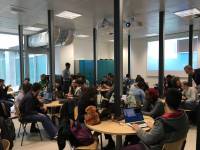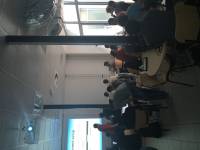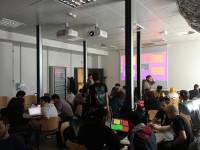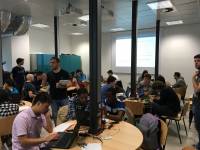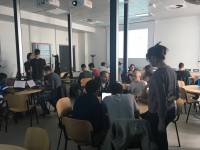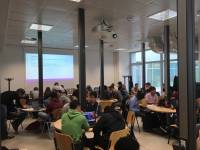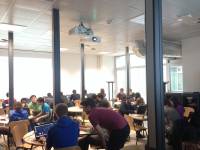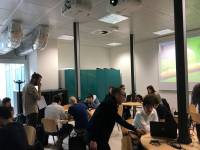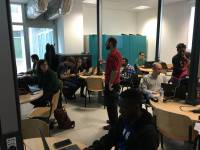Table of Contents
Network Security
This course is offered at the University of Trento by the security group in the framework of the Cyber Security track of the European Institute of Innovation and Technology (EIT Digital) Master School programme.
See the UniTrento CSE track page for further information.
Course description
This course focuses on technological and infrastructural security aspects of computer networks. In this course we are interested in both defensive and attacking aspects of network security.
The course will be divided in two major “chunks”.
The first part of the course recall some aspects of network protocols relevant to the course. We will then dive in different models of the attackers, different types of vulnerabilities, and attacks. Further, we will explore the use (and limits) of defensive technologies such as firewalls and IDSs.
The second part will be characterized mostly by laboratory activities. Students will organize in small groups (2-3 people each) and choose a topic among those presented in class (e.g. IDS evasion, Web vulnerabilities, Buffer overflows, Packet sniffing, etc.) and build a laboratory for the other students to attend. Each group works on its own. At the end of the semester, one group at a time presents its work to the rest of the students and guides them through the laboratory activity. The goal of these laboratories is to reproduce in class the work of each group. Each group will have to produce a final report on the built laboratory activity, and give in a DVD with all the relevant material to reproduce the exercise.
Examination
The final examination will consist of a written exam on the theoretical aspects of the course (20/30), and on the quality of the final report and laboratory activity (15/30).
Prerequisites
Students of this course should know the bases of network protocols and client/server interaction.
Program
PART 1
- Introduction
- Network security foundamentals
- Attacker Models
- Network aspects
- TCP/IP protocol 101
- Channel crypto
- HTTPS/SSL/TLS
- IPSEC
- Vulnerabilities
- Configuration vulnerabilities and attack surfaces
- Web Vulnerabilities
- Vulnerabilities in software
- Attacks
- Network attacks
- Malware
- Drive-by downloads & exploit kits
- Botnets
- Defensive technologies
- System hardening
- Firewalls
- IDSs
- Advanced memory techniques
- Privacy in networks
- Honest-but-curious attackers
- Tracking/fingerprinting
- Applications of crypto
- VPNs/TOR
PART 2
- Student laboratories
Course Schedule
- Monday - room A07 - 11:00-13:00
- Wednesday - room A207 - 09:00-11:00

